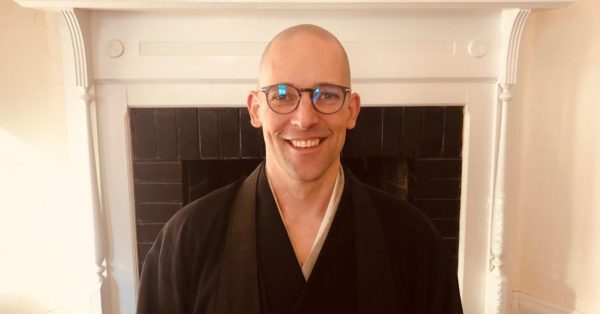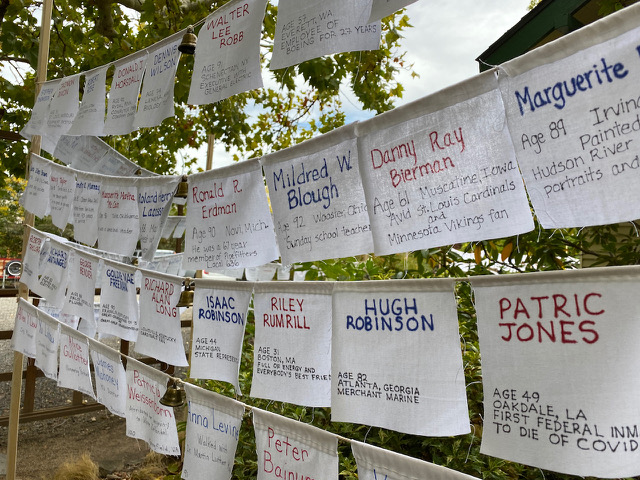We are sharing this newsletter article from Zen Center North Shore. Emily Dashawetz was interviewed for this article by their newsletter editor Jireh Shaazi, and we are reposting here with their permission.

As a spring tradition, Ukrainians make and exchange these eggs called “pysanky,” which shares a root with the Ukrainian word for “to write.” The different patterns, colors, and designs celebrate Ukraine’s rich beauty and culture, which our sangha member Emily’s family directly shares. Emily made the red egg with the wheat motif at top right, and the rest were made by her mother-in-law (Anna Kurniawka’s) church friends at Christ the King Ukrainian Catholic Church in Jamaica Plain, MA.
Dear Sangha,
Two weeks into the invasion of Ukraine, our eyes and hearts have opened to this beautiful country of strong, creative, brave, and hard-working people. People who are, and have been, fighting for their sovereignty for many, many years.
In our effort to fully open to what is unfolding before our eyes, we turn to sangha member Emily Dashawetz whose family is Ukrainian. She graciously shares:
What I would want everyone to know about Ukrainians is exactly what the entire world is feeling right now: their passion, their resourcefulness, and a culture that honors the truth of interdependence in community. Ukrainians today carry the full strength of their generations of ancestors before them. Those ancestors knew that fertile earth intimately, and they fiercely protected their communal traditions in the midst of incredible suffering. Their stories, songs, dances, embroidery, and so much more have been passed on for centuries, so that they would stay alive to sustain them in times such as these. From my husband Markian, his immediate family, and their Ukrainian friends, who are our family, we extend love and gratitude to all those standing in solidarity with Ukraine, and a wish for peace.
How you can help:
In this link tree you will find both places to donate as well as resources for education, including links to various films, like Winter on Fire which we highly recommend for a basic understanding of the current situation.
Thank you for getting informed, getting involved, and mostly, for keeping your heart open.
May the Ukrainian people be protected, and may this aggression end immediately.
In Love & Solidarity,
ZCNS Leadership














 Anna’s hummingbird Calypte anna
Anna’s hummingbird Calypte anna